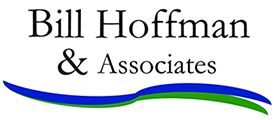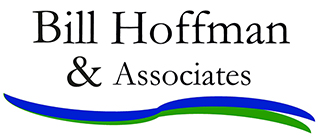Published at:
Every executive director I’ve known has at one time or another felt that his or her board could be doing more to raise money for the organization. It’s a frustrating situation—how do you tell your bosses that they’re not doing their job? Addressing the issue directly is fraught with danger. You can, however, hold a mirror up to the board’s fundraising performance in a way that will allow you to identify problems without naming names or pointing fingers.
Start by suggesting the idea to the board chair or Executive Committee: “Wouldn’t it be a good idea to look at an anonymous profile of our board members to see how active and effective they are at the board’s various responsibilities?” Getting board leadership behind collecting and sharing the data is important—the issue then belongs to someone other than the executive director.
Next, gather data on how much each individual board member has personally given to the organization and how much in donations he or she has facilitated.
Create a profile for each of the items you’re measuring. The images below show how you can report the information.

Note: When you report on donations board members have facilitated, use the broadest definition of facilitated that you can. If a board member made an introduction that eventually led to a gift, participated in a fundraiser, helped cultivate a donor, or in any way assisted with efforts that culminated in a donation, that individual should get credit for facilitating the gift. More than one board member may have facilitated a single donation; there is nothing wrong with that. If you split hairs and do not acknowledge everyone involved in securing a gift, you’ll bring the credibility of all of your data into question.

It will quickly become apparent how many (but not which) board members are active—and inactive—in fundraising. In my experience, presenting this information in this manner normally generates productive discussions among board members about their own fundraising activity levels, how they can help in this area, what roles they may play, and prospects the executive director needs help cultivating. A chart with more detail (but no names) can also be made available to board leadership to help frame the conversation and answer any questions about the data. (I have rarely found that this process has led to questioning of the data, but it’s good to have the backup available for scrutiny.)
The full profile of the board is also invaluable to the Membership Committee in analyzing potential areas of need for future board membership. Not every board member may have been recruited with the expectation of helping with fundraising; some board members serve roles in line with other areas of expertise. For board members who were recruited with the expectation that they will be contributing to fundraising, however, it’s healthy to use this anonymous process periodically to give honest feedback on how the board is doing in this crucial area.
Note: The process described here can also provide insight into other aspects of the board and its activities, such as tenure, areas of expertise (e.g., business, law, finance, community), demographic profile, geographic representation (if the organization serves multiple geographic areas), and board meeting attendance.


